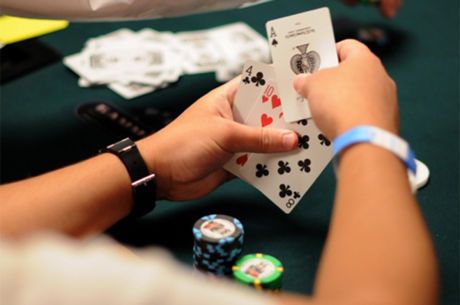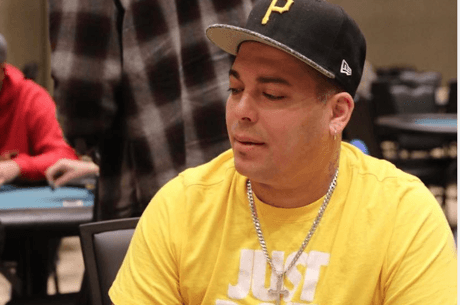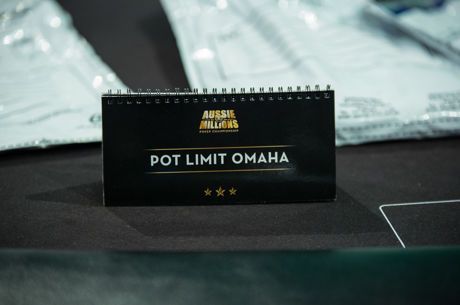Playing Aces in Pot-Limit Omaha

Poker strategy is ever changing, and those who adapt best will have long-term success. In this weekly column, PokerNews sits down with the world��s top pros to talk about specific poker concepts.
Di ��Urindanger�� Dang is one of the most feared high-stakes online cash-game players around. At age 26, he is consistently beating the toughest tables the virtual felt has to offer. He has mixed games in his repertoire but specializes in no-limit hold��em and pot-limit Omaha. The latter is arguably the fastest growing variation of the game. According to Dang, the biggest mistake beginning players make in pot-limit Omaha is that ��Beginning players overvalue aces too much, especially naked, unsuited, unconnected aces.��
That brings us to this week��s subject: Playing aces in pot-limit Omaha.
What specific mistakes do you see players make with aces in PLO?
Players might reraise preflop with them (even worse when out of position) with a lot of money behind and be hating life when any flop comes that doesn't include an ace. Even a flop that doesn't include straight or a flush, for example, how do you play a 672 rainbow? There, even if your aces are ahead, if your opponent has a pair, he already has 40 percent equity versus your aces.
So what should your general preflop strategy be? Let's say you have naked, unsuited, unconnected, aces on a six-max table under-the-gun or under-the-gun plus one. What are you thinking about when deciding how to proceed?
Basically, if possible, you should do what you can to get a lot of the effective stacks in preflop. When trying to figure how to do that, there are a bunch of things that go into my thought process like: Who's acting after me? and?What are their tendencies? For example, will they try to raise if I limp? Also, what are their stack sizes? How do they play postflop?
If you can't get a lot of your stack in preflop, then just make a standard raise like you would with any other good hand and hope to hit an ace.?If you don't hit an ace, be prepared to fold them.
How does it change when you have really strong suited or connected side cards?
Then you should be more inclined to raise to build a bigger pot.?A lot of your value is going to come from making a higher set, a higher flush, or a higher straight than your opponents, so you want to start building a big pot early. And, if they reraise you �� even better.
What about in late position, Is it the same concept of wanting to get stacks in preflop? Should you almost always be three betting or four-betting? Or would you sometimes want to pot control preflop so you can maneuver postflop with the hand since you have position?
In late position with aces, you can reraise more often.?You should also be reraising a wider part of your range because you have the positional advantage and can bluff or take a free card more easily.?As a general rule with aces, if you can get in a decent part of your effective stack in preflop, you should always three-bet or four-bet. ?
Of course, you can always call preflop with aces for deception, too.?Many times your call will make someone else after you reraise, allowing you to reraise again and get most of the money in preflop.
So when you get in a lot of your stack in preflop, what are you considering when you flop no ace and have little to no redraw? I know this is very general, and it depends on position, opponent, and exact stack sizes, but do you have any general advice on this?
When you get enough of your stack in preflop (about a third or more in), if it's heads up, you should shove any flop with your last pot-sized bet. They will fold enough, and you also will get called enough by worse hands. If more than one person called your reraise preflop, you should play very coordinated boards very cautiously. Most of the time, when there is a bet and a call on a straighted or flushed board (straights and flushes can already be made), you should fold your aces.?If it's draw heavy, but no straight or flush is on the board, you are generally committed and should your last pot-size bet in.
Later on this week, Dang will be showing how these concepts apply to an actual hand he played against "Isildur1," Phil Galfond, and others.
Follow us on Twitter for up-to-the-minute news, and also become our fan on Facebook.









